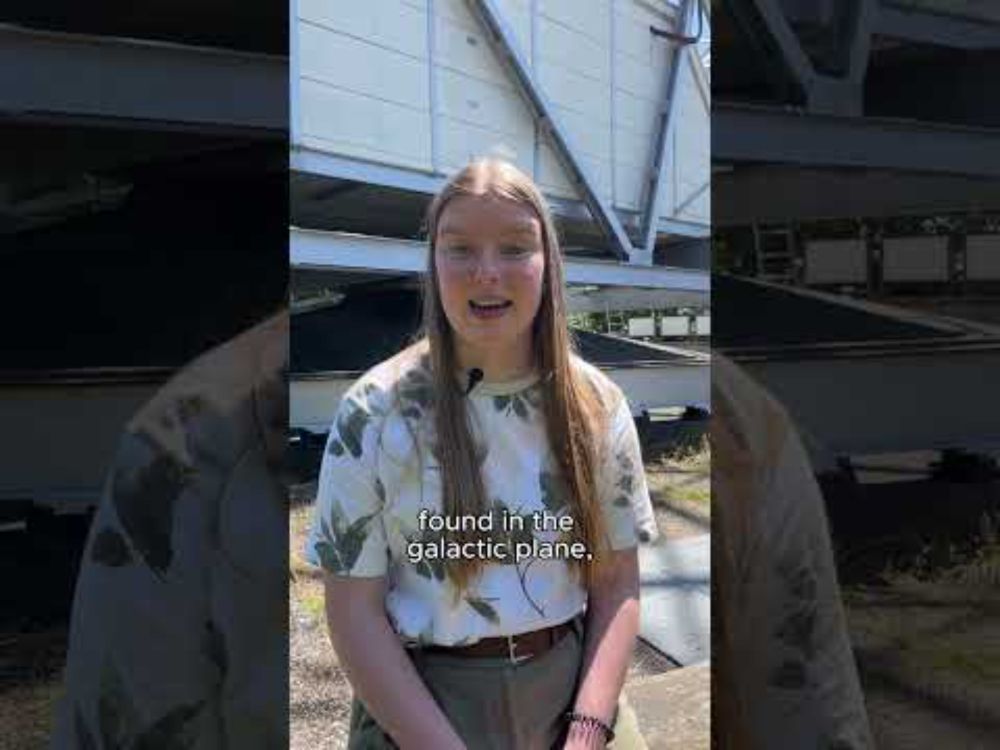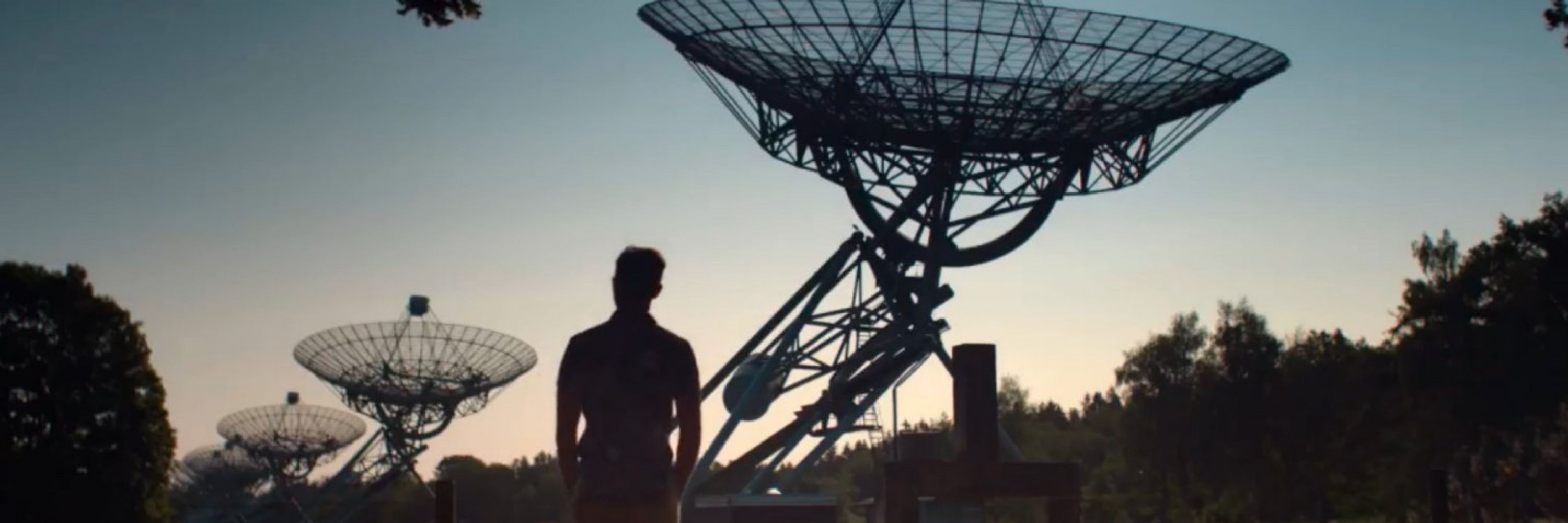
Our XMM-Newton observatory and the LOFAR telescope contributed to making this long sought-after discovery 👉 www.esa.int/Science_Expl...
🔭 🧪 ☄️ ☀️ 1/

Our XMM-Newton observatory and the LOFAR telescope contributed to making this long sought-after discovery 👉 www.esa.int/Science_Expl...
🔭 🧪 ☄️ ☀️ 1/
We’ve tuned into a massive stellar storm on the radio! 🌟📡

We’ve tuned into a massive stellar storm on the radio! 🌟📡


The grant will be hosted by @astronnl.bsky.social and @api.uva.nl
www.astron.nl/vidi-granted...

The grant will be hosted by @astronnl.bsky.social and @api.uva.nl
www.astron.nl/vidi-granted...
We've built a data-driven calibration of the James Webb Interferometer to near its fundamental limits for high-res imaging - explainer at @aunz.theconversation.com!


api.uva.nl/vacancies/ph...

api.uva.nl/vacancies/ph...
www.newyorker.com/culture/open...

www.newyorker.com/culture/open...



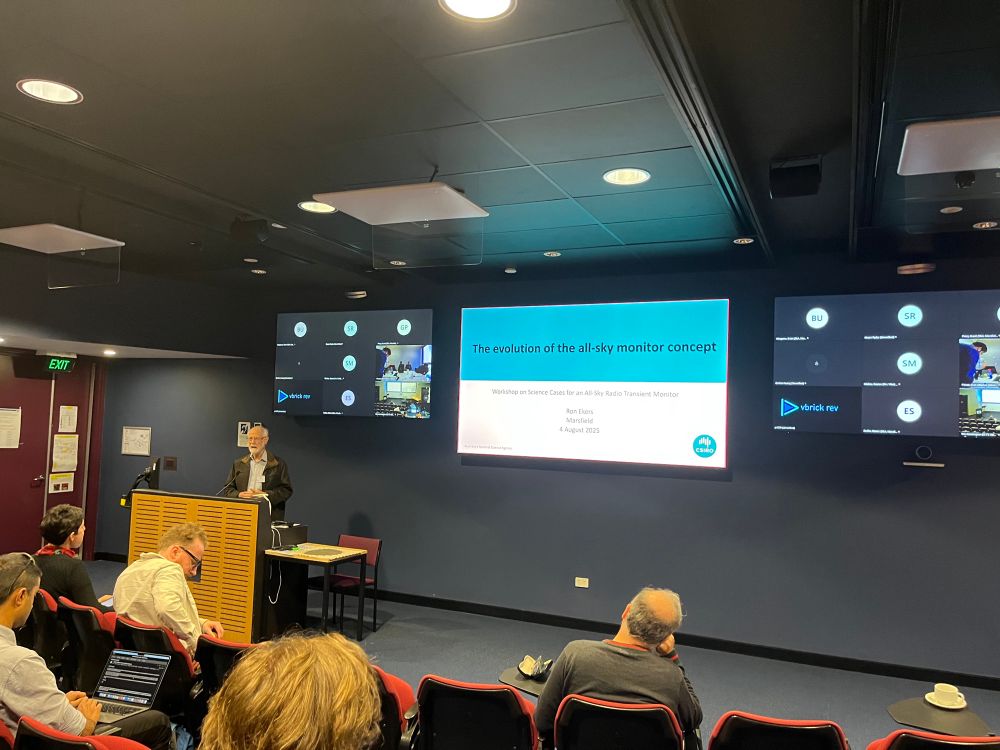
Is great to welcome so many people to @sydney.edu.au and @ozgrav.bsky.social for our meeting - and particularly all postdoctoral reseachers and PhD students.
The next generation of #RadioAstronomy!

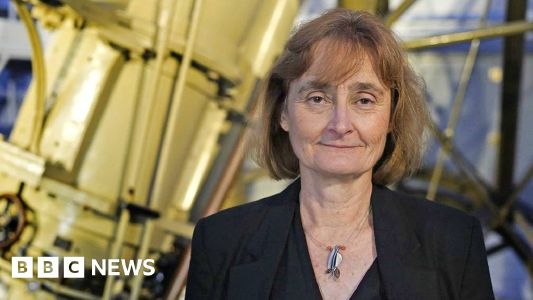
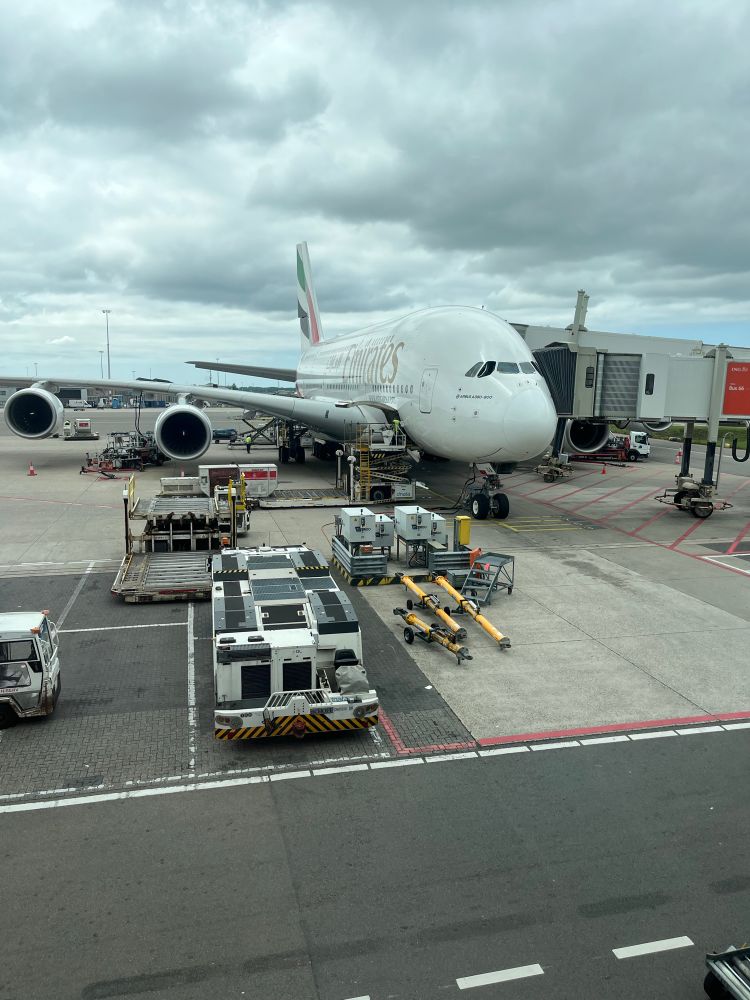
We present a brand new JWST image of the Apep colliding wind binary in the mid-infrared, and we study what this nebula can tell us about the THREE stars in it's centre. Read on for more... 1/?🔭🧪
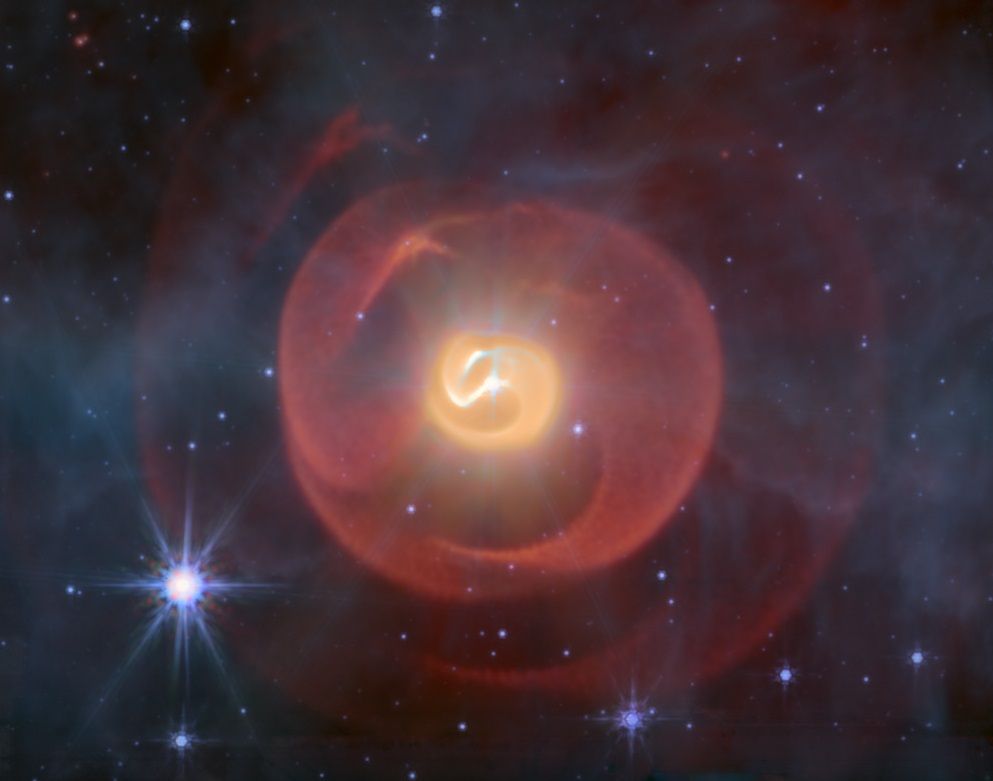
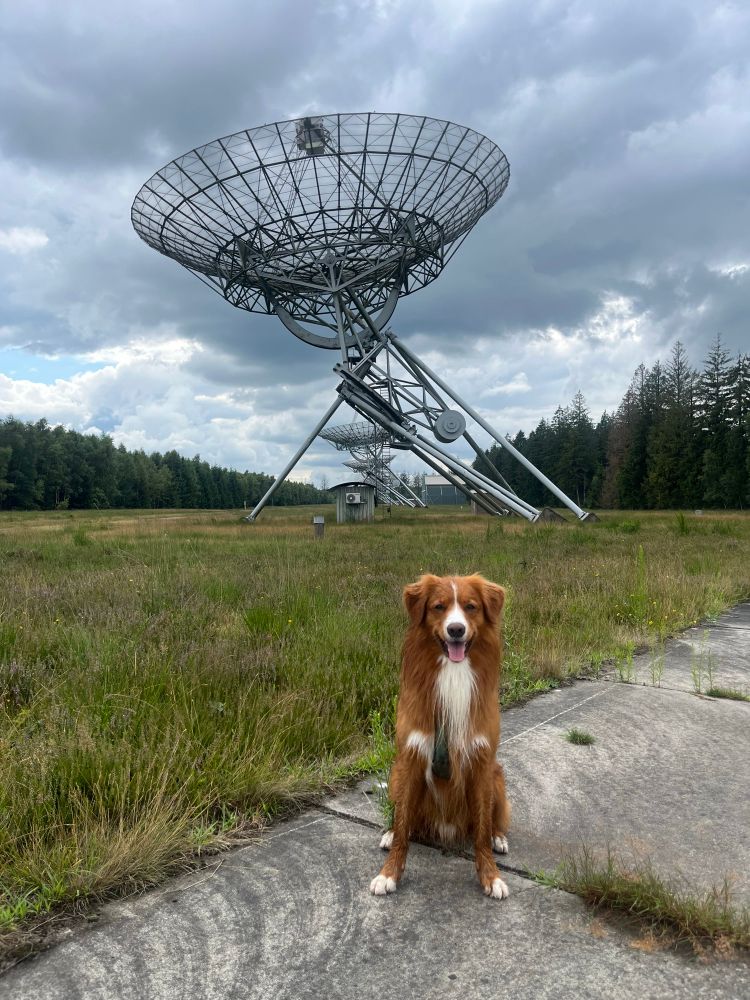
Join us @sydney.edu.au from July 28th to August 1st, 2025 to discuss radio transients of all kinds!
#RadioAstronomy #AstroSci
Looking forward to welcoming #RadioAstronomy (transients) people from all around the world, to our wonderful @sydney.edu.au campus in July/August.
drs2025.github.io/programme/

Join us @sydney.edu.au from July 28th to August 1st, 2025 to discuss radio transients of all kinds!
#RadioAstronomy #AstroSci

